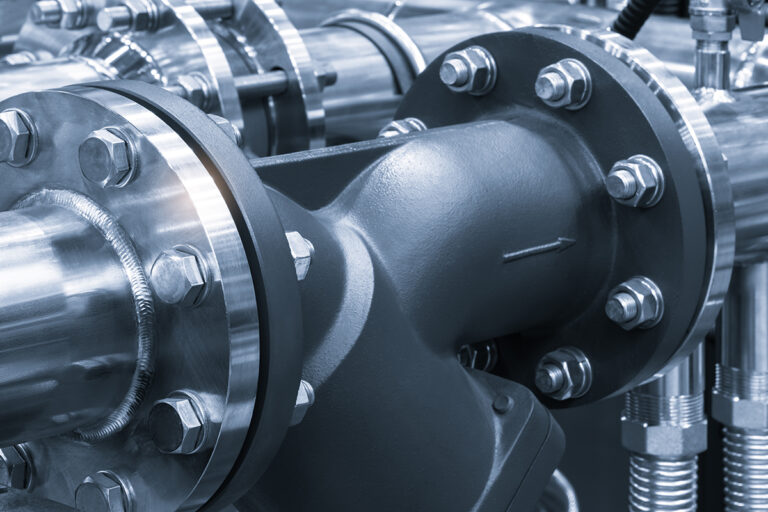When it comes to architectural design, optimising architectural security is a paramount concern. Whether it’s protecting public infrastructure, securing commercial buildings, or ensuring the safety of residential spaces, architects and builders must implement measures to safeguard against unauthorised access and tampering. One such measure gaining popularity in the industry is the use of security screws. These specialised fasteners offer unique advantages over traditional screws. Making them an invaluable asset in fortifying the security of architectural structures. Read the reasons why security screws have become an essential component of modern architecture.
Preventing Unauthorised Access
Security screws are designed with specific features to deter and prevent unauthorised access. Unlike conventional screws, security screws feature unconventional head designs that require specialised tools, such as unique screwdrivers or bits, to install or remove them. This added layer of security ensures that only authorised individuals have access to critical components of a structure, preventing unauthorised entry, tampering, or theft.
Vandalism and Graffiti Mitigation
Public spaces, such as parks, transportation hubs, and recreational facilities, often fall victim to vandalism and graffiti. Security screws play a significant role in mitigating these issues by securing fixtures, signage, and other architectural elements that are susceptible to tampering. By using tamper-resistant security screws, architects can discourage vandals and graffiti artists from easily defacing or damaging property, thus helping to maintain the aesthetic appeal and integrity of public spaces.
Enhanced Safety Measures
In architecture, safety is of paramount importance. Security screws contribute to overall safety measures by ensuring that critical elements, such as handrails, guardrails, and barriers, remain securely fastened. Additionally, these screws provide reliable stability and minimise the risk of accidents or structural failures. By utilising security screws, architects can increase the structural integrity of their designs, enhancing the overall safety of the building or infrastructure.
Anti-Theft Measures
In commercial and residential settings, the threat of theft is a significant concern. Security screws act as a robust deterrent against theft by securing fixtures, access points, and valuable equipment. From securing display cases and cash registers in retail spaces to safeguarding electrical panels and equipment in industrial settings, security screws make it considerably more challenging for thieves to gain unauthorised access, providing peace of mind to occupants and property owners.
Compliance with Security Standards and Regulations
With the growing emphasis on security and safety standards, architects and builders are compelled to adhere to specific regulations and codes. Additionally, security screws help meet these requirements by providing an extra layer of protection. By incorporating security screws into architectural designs, professionals not only demonstrate their commitment to ensuring the security and safety of the structure but also align with industry standards and regulatory guidelines.
Long-Term Cost Savings
While security screws may have a higher upfront cost compared to conventional screws, their long-term benefits outweigh the initial investment. Security screws deter theft, minimise vandalism, and lower accident risks, contributing to reduced maintenance and repair costs over time. Additionally, the enhanced security they provide can lead to reduced insurance premiums, offering further cost savings in the long run.
Conclusion
In a time of heightened security concerns, architects and builders must prioritise the incorporation of robust security measures. Security screws have emerged as an essential tool in fortifying architectural designs against unauthorised access, vandalism, theft, and accidents. Professionals, by integrating these specialised fasteners into their projects, can enhance safety and ensure compliance with regulations. This integration ultimately results in the creation of resilient structures. Utilising security screws is a crucial step in optimising architectural security, offering not only long-term cost savings but also instilling peace of mind for occupants and property owners.
Our team of experts are ready to assist you in choosing the most suitable security screws for your specific requirements.
Contact us today on 1800 776 565.
Secure Your Assets with Sentinel Group Security Screws.
Choose Sentinel Group Security & Customised Fastening Solutions.




